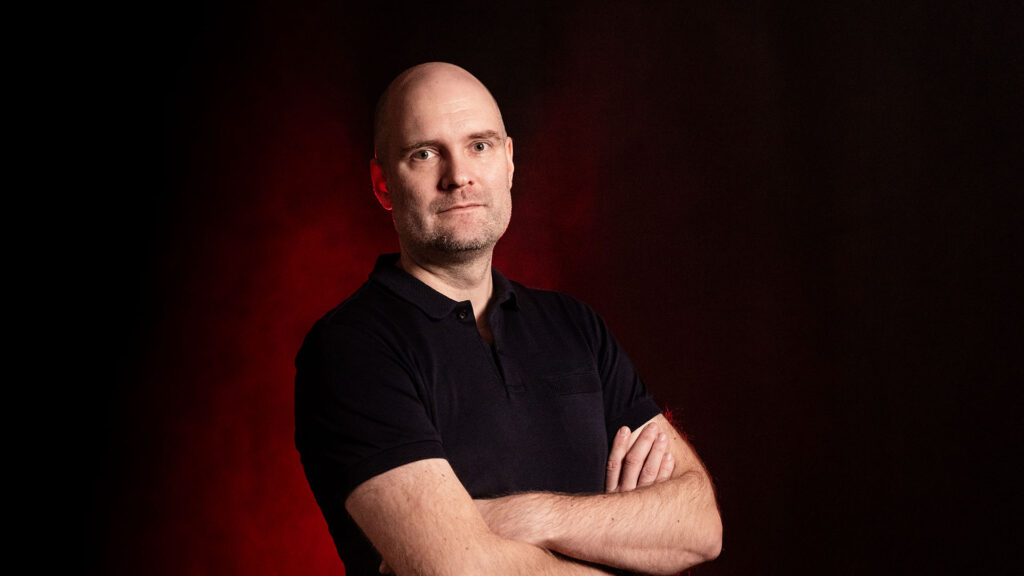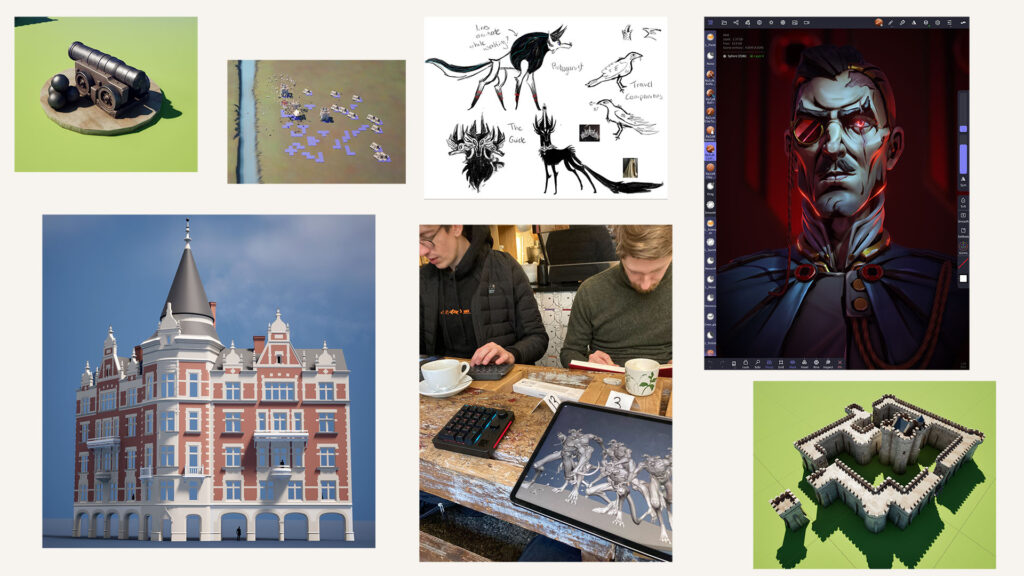In this latest installment of blogposts about the company culture here at Redhill we are discussing a new weekly practice at the office called Creative Hour. At the end of every work week, each colleague, both in the office and working remotely can use an hour of their time towards a creative pursuit of their choice, provided that they share the result with other people participating in the Creative Hour.
How It Started:

Juho Salila, an Art Manager at Redhill advocated starting the program, and he says the following about it:
“Creative hour is a well-known concept in game and creative industry. It has many different names and formats, but we went with Creative Hour as we have one hour per week to be freely creative. The idea for Creative Hour is to be creative, learn something new and most importantly share it with others. We’ve restricted it a bit to be applicable [for the] game industry, but otherwise you’re pretty free to do whatever you want”.
Following up on why he thought this addition to the company work week was a good idea, Juho stated that:
“We want to make learning fun and at the same time encourage communication and community building. We have a set time every week for Creative Hour for the whole company. Everybody who takes part, needs to send their work to dedicated Slack channel and take part to a quick show & tell call where they show their work and others can ask questions”.
At first, the idea was trialled out by the art team but after their enthusiastic response towards it, the program was expanded to include the rest of the company. According to Juho, ‘even producers can draw!’. Since the program was expanded to include colleagues from other disciplines, the variety of offerings received during the sessions has increased commensurately. According to Juho:
“Now we have everything done from art to game design to shader coding. The diversity of themes and small projects is really interesting. There’s also small groups forming on game prototypes!”
How It’s Going:
While Juho’s ideas on why the program sound appealing in the abstract, his perspective is that of the creator of the idea. To determine the program’s actual efficacy we asked Seta Kendir, a UI/UX Intern that has participated in Creative Hours regularly since she started at the company. According to her, the creative hour is “[…] a very good, creative idea because it allows everyone at the office to […], go outside of what they normally do and just have fun, explore different ideas, different themes”.
When asked how this practice affects her work, Seta elaborated: “I think it helps with a company culture because obviously you speak with everyone afterwards and you kind of get [a feel] for who they are, their motivations for certain things, But I do also think it helps me with my work because it gives me a perspective. […] I step away from an hour from my work, I get to do something completely unrelated, get it out of my system and I come back and I find I’m more productive because I’ve had that moment to breathe and do something else for now”.
When asked whether programs like this should be implemented at more workplaces, Seta replied that:
“I think I think it’s very beneficial because if you’re if you feels too strict when you work, I think it can stifle a lot of productivity and a lot of what you can create. […] I think it’s really important that there should be like a program for like an hour.”
Included below are Seta, Juho and several others’ contributions to Creative Hour sessions, ranging from sketches of drawings and oil paintings to original 3D renders and stills from small game development projects undertaken in groups being worked on an hour at a time.



